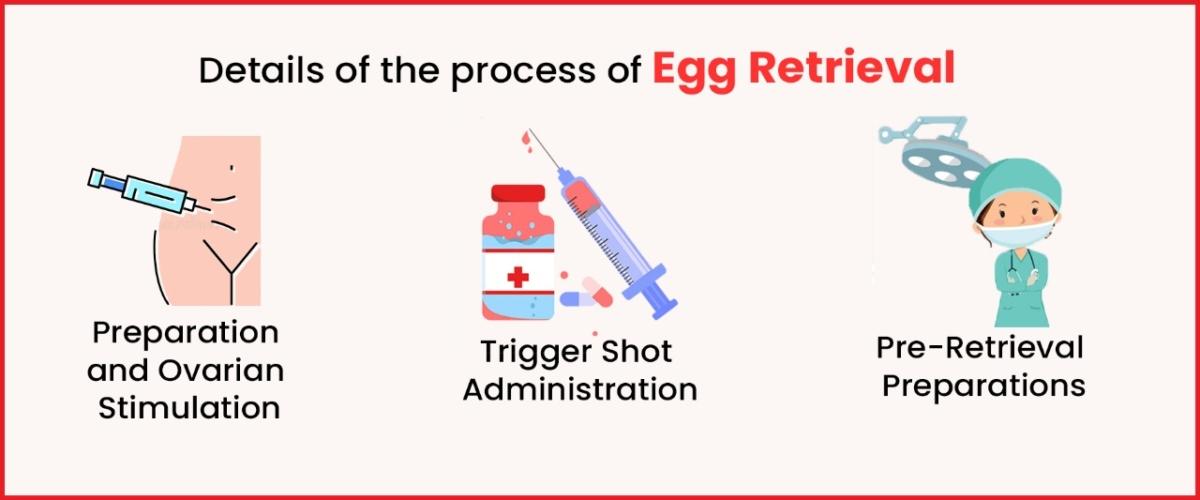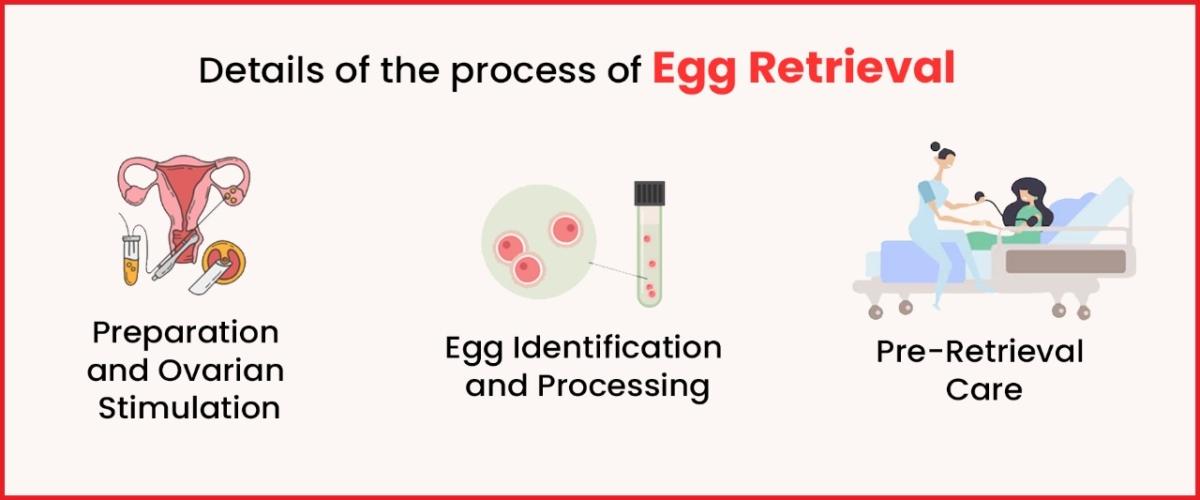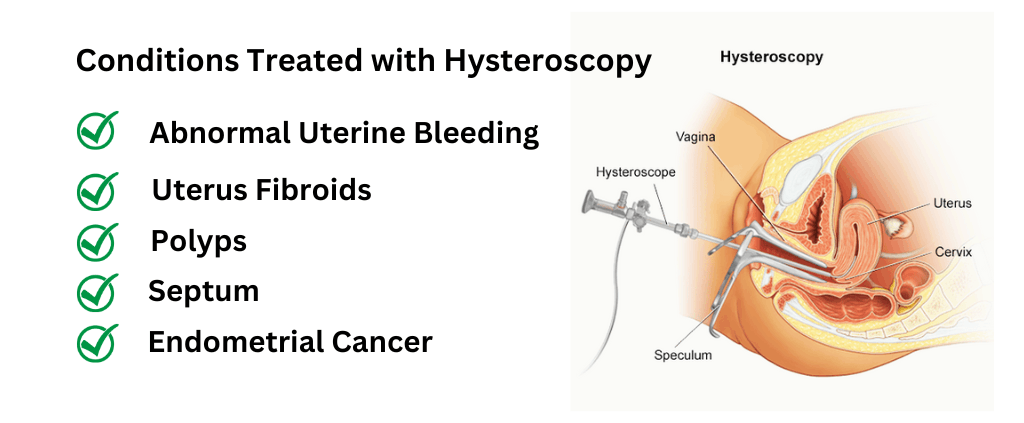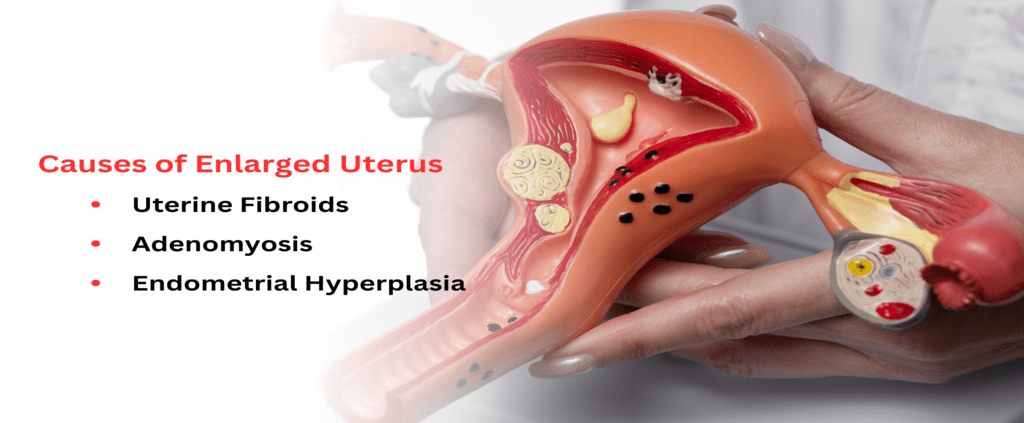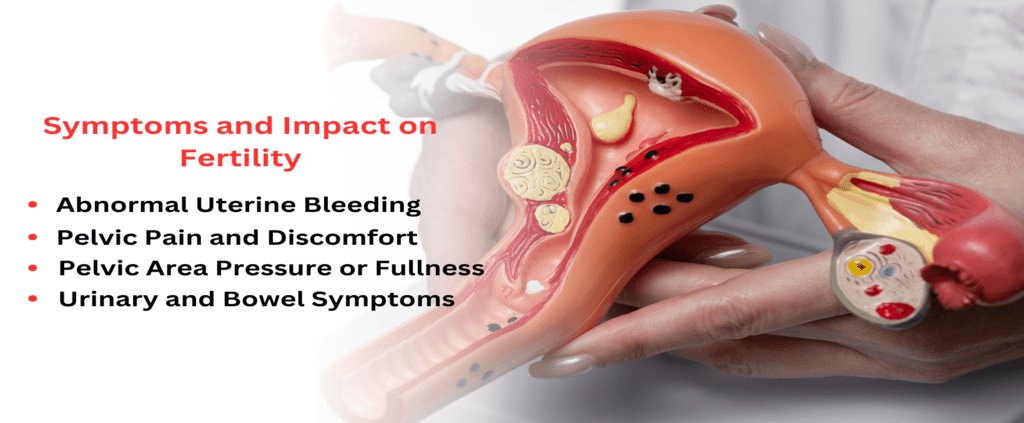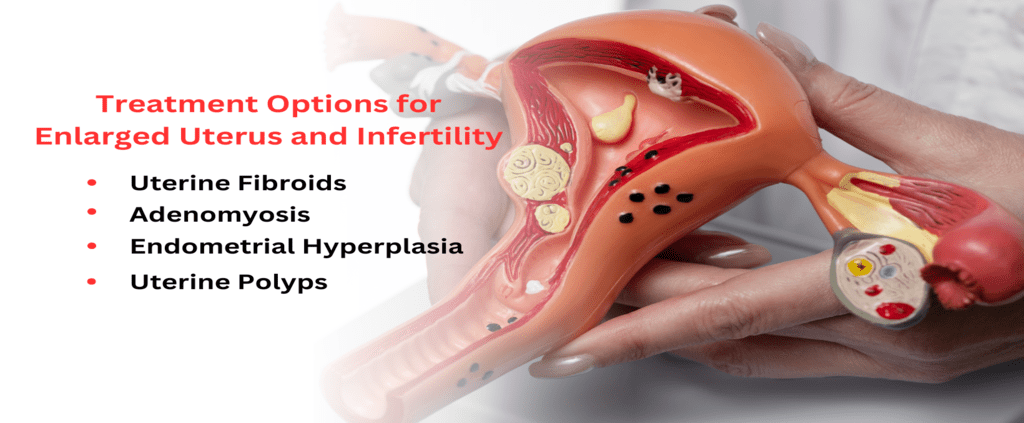The Role of Hormones in Fertility
Raising a family is an amazing experience. It is among the most amazing things that can happen in a relationship between a couple. The amount of hormones a woman’s body produces is one of the most crucial factors in getting pregnant. Hormones control whether the egg develops into a viable embryo and travels to the uterus, as well as whether the embryo finds a secure location within the womb to spend the next nine months gestating. Hormones have a major role in fertility, pregnancy, and the problems that many of our patients face.
At Imprimis IVF, a leading IVF treatment centre in Srinagar, we believe in extensive patient care and education. This blog explores the role of hormones in fertility and provides you with IVF literacy.
What are Hormones?
Hormones are necessary for the body to operate properly. More than 50 known hormones that regulate bodily functions and internal organ systems are found in human blood. These include metabolism, temperature control, and growth. Any deviation in the type or amount of hormones might lead to an imbalance in the hormones.
Because of the natural hormone fluctuations that take place during the menstrual month, each woman’s cycle is unique. Women’s fertility is significantly impacted by the complex interactions that exist among these hormonal networks. Maintaining appropriate hormone secretion and getting examined by the best IVF doctor at the best fertilization clinic is essential for treating female infertility.
Key Reproductive Hormones
Hormones in women naturally change during their menstrual cycle and every woman’s cycle is different. The intricate interactions among these hormone networks significantly influence women’s fertility.
A woman’s body has a complicated web of hormones that are involved in fertility and reproduction. The primary hormones that regulate the ovarian response hormones are progesterone and oestradiol, FSH and LH. Every hormone is essential to the menstrual cycle’s rising and falling phases.
Estrogen:
Many different tissues and organs are influenced by estrogens. Its primary mechanism of action is to induce cell proliferation in the ovaries, breasts, and endometrium. It is essential to the maturation of supplementary sexual characteristics. It encourages endometrial development during the menstrual cycle, preparing it for embryo implantation.
Progesterone:
Progesterone alters the uterine lining, which aids in conception. This enables a fertilized egg to adhere to it and begin developing into an embryo. During ovulation, progesterone begins to rise in order to prepare the uterus for the fertilization of an egg in an IVF and ICSI.
Follicle-Stimulating Hormone (FSH):
FSH or follicle-stimulating hormone is a hormone that is essential for both men’s and women’s reproductive processes. Having too little of either partner can cause problems with infertility. A female’s odds of conceiving and maintaining a pregnancy may be directly impacted by her FSH levels, which also have an impact on the quantity and quality of her remaining eggs.
Luteinizing Hormone (LH):
Luteinizing hormone or LH is important to the health of the reproductive system. The level of LH in the blood is important for couples who are having trouble getting pregnant or staying pregnant. An LH test is essential if you are thinking about IVF procedures.
Hormonal Imbalances and Fertility Issues
The first step to allowing yourself to take proactive steps for enhanced reproductive health is understanding hormone imbalances. It is crucial to speak with a healthcare provider if you are having trouble getting pregnant so they can look into any potential hormonal problems.
Your most effective tool is knowledge; treating hormone abnormalities is only one part of a more comprehensive approach to fertility. Recall that you are not walking this route by yourself. You can get assistance to help you overcome these obstacles. Remain knowledgeable, ask for help, and manage your fertility proactively.
Symptoms of a hormonal imbalance

- Absence or irregularity of periods
- Seeing spots when not having a period
- periods that are unpleasant or weighty
- The body will see an increase in hair growth.
- Unusual weight gain
- constipation and diarrhoea
Individual differences in symptoms can be important. Women may occasionally have irregular vaginal bleeding, heavy or missing periods, pelvic pain, or other symptoms depending on the cause of their infertility. Talk to your doctor about any strange symptoms you experience. Even if you are not attempting to conceive, you should still get treatment for any underlying hormonal issues that some of these symptoms might indicate and getting your checkup done at a great fertilization clinic with the best fertility specialist is crucial for the future.
Diagnosing Hormonal Issues and Treatment Options
Suppose a woman has been regularly engaging in unprotected sexual activity with her partner for more than a year in an attempt to conceive. In that case, she may want to think about getting tested for fertility. After six months of attempting to get pregnant, a woman 35 years of age or older should think about getting tested for fertility. In order to treat infertility effectively and provide a couple with the best chance of becoming pregnant, fertility tests for women assist in determining the cause or causes of the condition.
Our skilled fertility doctors at Imprimis IVF, Ranked one of the best IVF clinics perform a thorough assessment that includes a thorough medical history, a physical examination, and blood tests to measure hormone levels.
For the treatment of fertility issues a thorough, integrated and accurate diagnosis of the underlying problem is required. The treatment options consist of the following:
- Medicines
- Hormone treatment
- Surgery
- Reproduction with assistance
- In-vitro fertilization, or IVF
- Zygote intrafallopian transfer, or ZIFT, and gamete intrafallopian transfer, or GIFT
Frequently Asked Questions
Q: Does infertility affect only women?
A: No. Either gender can experience infertility. Hormonal problems are just one of the many reasons why some women are infertile. But even men can experience infertility problems, such as low sperm count and not being able to conceive a woman.
Q: How to increase women’s fertility?
A: Frequent checkups can assist in identifying any underlying medical issues that may have an impact on a woman’s ability to conceive. Fertility can also be increased by leading a healthy lifestyle that includes frequent exercise, a balanced diet and stress management.
Q: How does estrogen make females feel?
A: Naturally, estrogen varies. However, mood swings or feelings of depression or anxiety may result from an estrogen imbalance. To assist in alleviating these side effects, doctors may recommend estrogen therapy.
Takeaway
We understand the emotional challenges of infertility and are committed to providing compassionate care and personalized treatment plans. helps you achieve your dream of parenthood. Our experienced fertility specialists can diagnose and treat a wide range of reproductive health problems, including uterine polyps. With advanced diagnostic tools and multiple treatment options, we can create a plan that meets your specific needs and increases your chances of success.
Located in the heart of Srinagar, Imprimis IVF Fertility Clinic is a ray of hope amidst the challenges of testicular atrophy and infertility. We offer personalized care and transformative fertility solutions. As one of the best IVF centres in Srinagar, our commitment to excellence is reflected in every aspect of our practice. At Imprimis IVF & Fertility Centre, we understand the importance of your dream of starting a family. Our experienced fertility specialists work closely with you to develop a customized treatment plan that is tailored to your needs.

